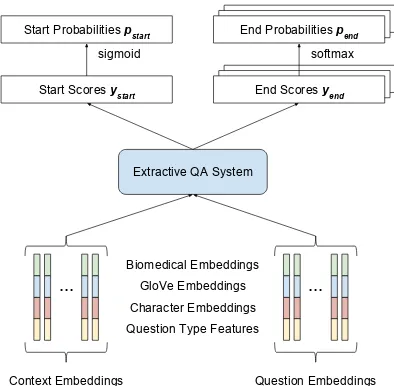Neural Domain Adaptation for Biomedical Question Answering
Full text
Figure




Related documents
Patients who experience any degree of cervical dysphagia after a cervical esophagogastric anastomosis are encouraged to return for outpatient anastomotic dilation, generally per-
brZA colonies suggested that these strains might be par- ticularly mutable, either in general, or perhaps for spe- cific loci, during conidiation. However, while the fre-
Proceedings of the Proceedings of the Ninth International Workshop on Parsing Technologies (IWPT), pages 115?124, Vancouver, October 2005 c?2005 Association for Computational
M.J. Starink, “The determination of activation energy from linear heating rate experiments: a comparison of the accuracy of isoconversion methods”, Thermochim. A large number of
RMM (Relationship Management Methodology) [26] is E/R-based, suitable for structured hypermedia applications and its design process consists of seven steps: entity-relationship
Revised draft budget of the administrative expenditure of the Assembly for the financial year 1986 - Opinion of the Council Draft budget of the administrative
Proton spectroscopy was performed with a single-voxel point-resolved spectroscopy technique in two 8-mL regions: one over a cortical tuber and the other over a corresponding
The mean flow velocity in the tube U – , the mechanical efficiency η and the work done per beat cycle W pp,T as a function of the distance between adjacent pleopod pairs,